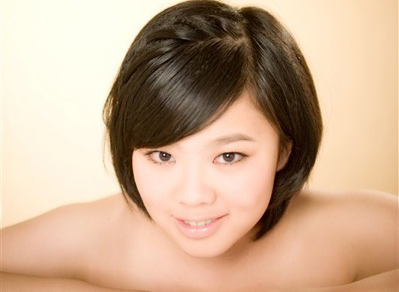Rondo FORMA 2015 Competition Winners’ Recital in Review
Rondo Young Artist presents Rondo FORMA 2015 Competition Winners’ Recital
Weill Recital Hall at Carnegie Hall, New York, NY
April 19, 2015
The Rondo Young Artist program had its first-ever college-level piano competition this year, and they presented the winners in recital on Sunday afternoon. What a promising crop of young pianists this is! They all played with great panache and individuality, which is always a wonderful thing to hear. Only two of them are actually music majors in conservatories. Interestingly, they are (or were) all students of the same teacher: Alexandre Moutouzkine, himself a competition winner of great stature. I know he’s not the only piano teacher in New York, but he must be doing something very effective! Perhaps he gently prods most of his flock to enter this competition.
Er-Hsuan Li began the afternoon with a nicely articulated Bach French Suite in D minor that had good contrapuntal interplay with the all-important left hand. Played with no repeats, probably because of time constraints for the recital as a whole, one wished for more. He then followed with Schoenberg’s Op. 11, No. 1 Klavierstück, played with astonishing maturity and flair, although to this listener (often a Schoenberg lover) it sounded like Brahms without soul (the music, not the performance). He closed his set with a fun romp through the last two movements of Carl Maria von Weber’s C Major Piano Sonata, a darling of recitals many years ago. He dispatched the Presto rondo finale with immaculate sparkle.
Annie Cao, a business major at Drexel, was next, exhibiting a big personality in the overlapping-hands work of Rameau’s L’Egyptienne. That was followed by the first Impromptu of Fauré, which while full of character and wonderfully fluent had a bit too much romantic rubato for this composer. It was nevertheless convincing. In Chopin’s rarely heard Introduction and Bolero, Op. 19, she showed interesting impetuosity and gave the piece a lot of fire, instead of relating the bolero dance to the more stately polonaise rhythm, with which it shares characteristics.
After intermission, Yong Murray, a math student at Columbia, played the B-flat minor Prelude and Fugue from Book I of Bach’s Well-Tempered Clavier with drama and poetry, although for me it was a bit too “right-hand” in the Prelude, missing a lot of the interesting polyphony; and the fugue subject is not just the first two notes, but continues to the descending scale that follows—it should have been pursued more. He segued right into Bartók’s fiendishly difficult Etude No. 1 from Three Etudes, Op. 18. This was an amazing burst of adrenalin and excitement, perfectly suiting his temperament. Two of Brahms’ final works for the piano (Nos. 1 and 4 from Op. 119) closed his set. The Intermezzo (No. 1) was beautifully played, with more youthful passion and less autumnal resignation than usual. The interpreter is young, after all! The Rhapsody (No. 4) however, was too fast, and a bit clangorous.
Finally, the oldest of the four, though by no means “old”: Sherry Kim, dazzled with lyrical, deeply personal renditions of three Scarlatti sonatas. The D minor (K. 213) was heartbreaking. Her staccato had great personality and line in the E major (K. 495). Then she played four of Shostakovich’s less-often heard Preludes from Op. 34, with perfection of irony and wistfulness, in short, everything one could wish for. She closed with a fierce, yet playful, even coquettish, Liszt Hungarian Rhapsody No. 12 in C-sharp minor. These great pieces seem to have fallen out of favor, perhaps because of their “non”-Hungarian provenance (we like to think we’re so much more sophisticated musicologically), and certainly because of their great difficulty. When sported with, as was the case today, they become an exciting joy-ride of technique and wit.
Afterward, the four were presented with trophies by the staff of Rondo Young Artist, to enthusiastic applause.

